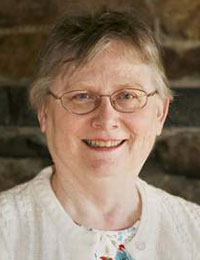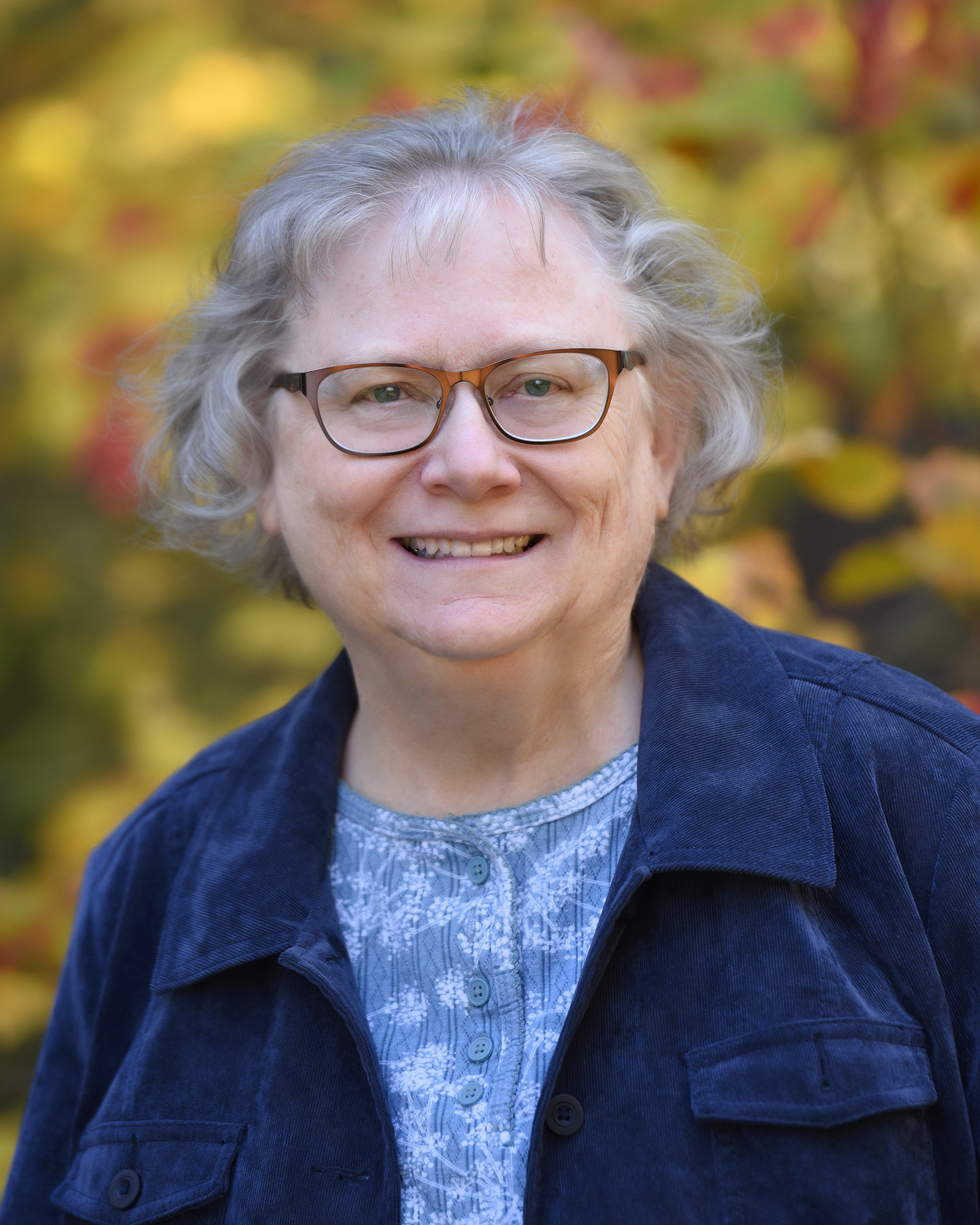 Probate inventories can tell us a lot about the living conditions of our ancestors, but as they are usually difficult to read and interpret, more often than not the little details are skipped by family historians. Nearly everyone records the amount of land in the inventory, but that rarely tells us much about how good the land was, nor how good the farmer was. Because I’m an old aggie student (University of Connecticut 1969), I like to look at the inventories of livestock and crops to learn more about the farms and their owners.
Probate inventories can tell us a lot about the living conditions of our ancestors, but as they are usually difficult to read and interpret, more often than not the little details are skipped by family historians. Nearly everyone records the amount of land in the inventory, but that rarely tells us much about how good the land was, nor how good the farmer was. Because I’m an old aggie student (University of Connecticut 1969), I like to look at the inventories of livestock and crops to learn more about the farms and their owners.
Judith Smith, widow of Henry Smith of Rehoboth, left her heirs a thriving farm she had inherited from her husband when she died in October 1650. In the dairy were butter and cheese, and the barn contained 40 bushels of Indian corn, 25 bushels of wheat, 9 bushels of rye, plus more [winter] rye in the ground, hay, two great oxen, a sow and seven pigs, a hog, eleven more pigs, four calves, two young cattle, 8 bushels of hogs corn, and 14 pounds of cotton wool. Of perhaps equal interest is an item in Henry Smith’s inventory: “one Moose leather suite”!
In July 1675, Nathaniel Morton of Plymouth left two oxen, three cows, a two-year old heifer, a yearling and a calf, a mare, a two-year old filly, a young colt, seventeen sheep, nine lambs, six swine, and two small pigs. There were still 20 bushels of Indian corn and a bushel and a half of wheat in the barn. Planted in the ground was more Indian corn, rye, wheat, barley, and oats.
Isaac Johnson of Roxbury was killed in December 1675, during King Philip’s War, leaving his widow with two horses, two oxen, eight cattle, and seven swine, as well as a cellar containing 7½ bushels of rye, 6 bushels of barley, 11 bushels of peas, 20 bushels of unthreshed Indian corn, some flax and wool, a barrel of beef and pork, and a stock of bees.
In each case, there is something to be learned here about the specific circumstances of the Smith, Morton, and Johnson families, so don’t let the old handwriting and archaic terminology keep you from checking out the real lives of your ancestors.
Share this:

About Alicia Crane Williams
Alicia Crane Williams, FASG, Lead Genealogist of Early Families of New England Study Project, has compiled and edited numerous important genealogical publications including The Mayflower Descendant and the Alden Family “Silver Book” Five Generations project of the Mayflower Society. Most recently, she is the author of the 2017 edition of The Babson Genealogy, 1606-2017, Descendants of Thomas and Isabel Babson who first arrived in Salem, Massachusetts, in 1637. Alicia has served as Historian of the Massachusetts Society of Mayflower Descendants, Assistant Historian General at the General Society of Mayflower Descendants, and as Genealogist of the Alden Kindred of America. She earned a bachelor’s degree from the University of Connecticut and a master’s degree in History from Northeastern University.View all posts by Alicia Crane Williams →